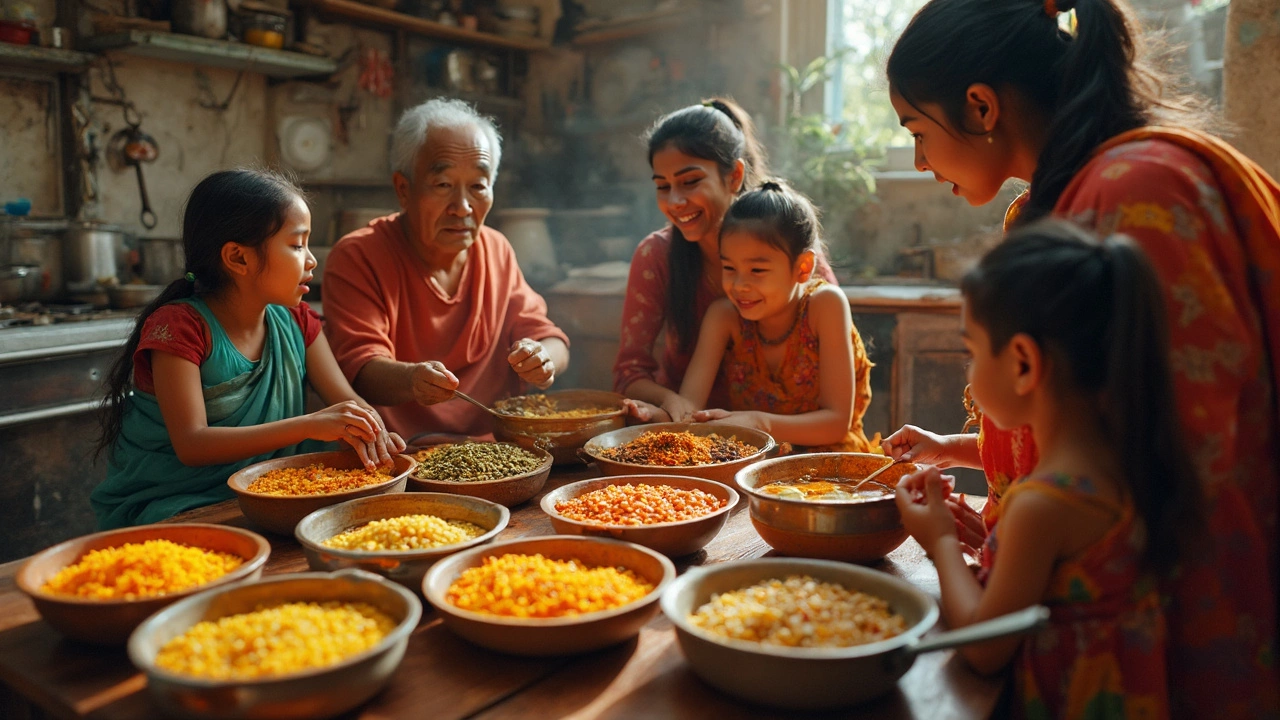Dal Benefits: Why This Indian Staple Boosts Your Health
When you hear Dal Benefits, the range of health advantages you get from eating dal, the split pulses that form the backbone of Indian cooking. Also known as lentil benefits, dal packs a punch in every bowl. Dal Benefits aren’t just about calories; they include a solid dose of Protein, the muscle‑building nutrient that vegans rely on. Fiber, the digestive aid that keeps you full and steady blood sugar. And let’s not forget Iron, the mineral that fuels energy and supports healthy red blood cells.. Together, these nutrients create a triple effect: they support heart health, help control cholesterol, and stabilize glucose levels. In short, dal benefits encompass improved cardiovascular function, better weight management, and stronger immunity—all without the heavy fats found in many protein sources.
How Dal Benefits Translate Into Everyday Cooking
To reap the full spectrum of dal benefits, you need more than just a pot on the stove. The cooking process matters. Soaking dal for 30 minutes reduces antinutrients, making protein and iron more bioavailable—a point highlighted in our post on “What Happens If You Don't Soak Dal?” Soaking, the pre‑cooking step that improves digestibility and nutrient absorption. Once cooked, pairing dal with a squeeze of lemon or a dash of turmeric boosts vitamin C, which further enhances iron uptake. This simple trick links the entity of vitamin C to the central idea of dal benefits, showing how a tiny ingredient can amplify health outcomes. Moreover, mixing dal with leafy greens adds calcium and more fiber, turning a single‑dish meal into a balanced plate. Whether you’re whipping up a quick tadka dal for dinner or simmering a hearty dal makhani for guests, these techniques ensure you capture the protein, fiber, and iron that define dal benefits. Browse the articles below to see nutrition facts, cooking shortcuts, and tasty variations that let you enjoy dal every day while maximizing its health impact.

Which Dal Is Healthiest? A No-Nonsense Guide for Everyday Meals
Confused about which dal is best for your health? This article breaks down the nutritional facts behind popular dals in India—moong, masoor, toor, and chana. Get to know how they help your body, who should eat which dal, and simple tips to get the most nutrition in every bowl. Whether you’re cooking for yourself, your family, or kids, you’ll find clear advice here. Health gains, simple recipes, and surprising dal facts—all in one guide.